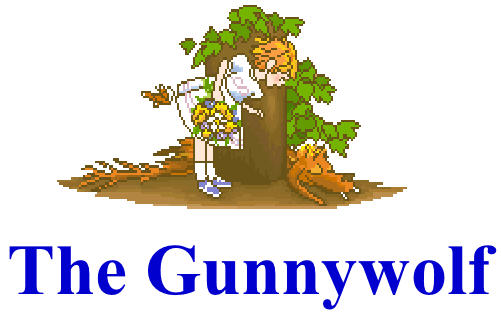Kindergarten Integration Guide for
Science and Reading
This guide, written by Joan Pickard, a Kindergarten teacher in
Pensacola, Florida, combines Reading and Science software into a thematic approach
to integrating scientific lessons into reading lessons drawn from classic children's
literature. Eight stories from Stories and More
1 are used to introduce mathematics concepts. The guide includes lessons using the
Nature of Science Through the Woods and
At the Seashore software, whole group instruction, games, small group
activities, and blackline masters for offline activities. Stories and More 1 and
Nature of Science are sold separately.
From the Introduction
Kindergarten students are naturally
curious about the world around them and literature has long
been a way to bring the world into the classroom. Through
the investigative processes of science, students further
develop their understanding of the world. Now teachers have
away of integrating these two curriculum areas.
The activities in this book are based
on the National Science Education Standards. In each chapter
of this book, you will find activities that focus on five of
the National Science Education Standards. The standards of
‘Unifying Concepts and Processes’ and ‘Science as Inquiry’
are naturally imbedded into these activities. (See the
matrix of skills and story titles for exact concepts for
each chapter.) Concepts are first introduced to students
through hands-on center activities. These activities allow
students to discover more about the world around them. Whole
group activities follow up each center activity to further
develop the concept, provide minds-on learning, and allow
students to share their new discoveries by presenting
information as a scientist would to his/her colleagues.
First came Stories and More, teaching
students how to learn from reading. Then came the
Kindergarten Integration Guide for Math and Reading,
which provides a unit approach with literature and math. The
math program provides the classroom teacher with a guide and
set of activities to integrate math skills with literature.
Now, this new guide extends those same eight units one-step
further and allows the integration of science. While this
guide integrates with the first two, it can also be used
alone. Teachers not using Stories and More will need to
obtain a copy of each book used in each chapter. (See the
Matrix of Skills and Story Titles for the titles of the
eight books.) The software for the computer center allows
students to learn from the outside environment and provides
them with an informative guide to answer questions and
provide assistance.
The Discovery Approach and the Scientific
Process
The activities in this guide allow
students to investigate and discover new information and
relationships about common objects and activities. Rather
than being read to, watching experiments or hearing
explanations, these activities require students to engage
their minds as well as their hands. The activities give
students an opportunity to present their findings, thus
giving them a sense of pride and mastery in their ability to
learn new information on their own. As they are challenged
to present their ‘new’ information, they must organize and
synthesize the data, thus proving more minds-on learning
using Bloom’s higher order levels of thinking. As these new
scientists share information with their fellow scientists,
they are learning to use the scientific process of
evaluating and communicating problems, design and solutions.
When working with students, it is
important to ask them not only what happened but also why
they think it happened. The requirement to explain ideas
causes students to think about how they know information, to
use terms related to the new information and allows other
students to hear explanations that they may not yet have
fully developed. Robert Ballard, from the Woods Hole
Oceanographic Institution, said, “Kids retain five percent
of what they hear and ten percent of what they read, but
eighty percent of what they do and ninety percent of what
they teach.” If the goal is to have students retain the
information and begin to transfer information from one
subject area to another, they need to engage in activities
designed to promote such learning. Each kindergarten student
comes to school with different experiences and knowledge
base. Through using the literature as the base of the unit,
every student has a common reference point to which they can
relate the new information. Students who perform well in
school are able to relate new information to past
experiences. In doing so, they are sorting the information
and comparing it to previous knowledge, thus extending
concepts they already know or modifying previous
misconceptions. By using the literature as the base, all
students begin to develop this concept of applying new
information to past experiences. They learn to fully develop
an idea, providing a more rounded, full-bodied set of
concepts. When students see things as fragmented, they do
not make the connections needed to apply information to new
experiences. Thus the transfer of information, what we call
knowledge, is much more difficult for them. The idea of the
discovery process and the scientific process provides
students with new concepts as well as helping them learn how
to learn, to think, and to become independent life long
learners. Their world is moving so fast, there is no way we
can tell today what they will need to know when they
graduate, but we do know that they will have to think, to
process data and to communicate with others.
Kindergarten TLC
Science Book
Matrix of Skills and Story Titles

